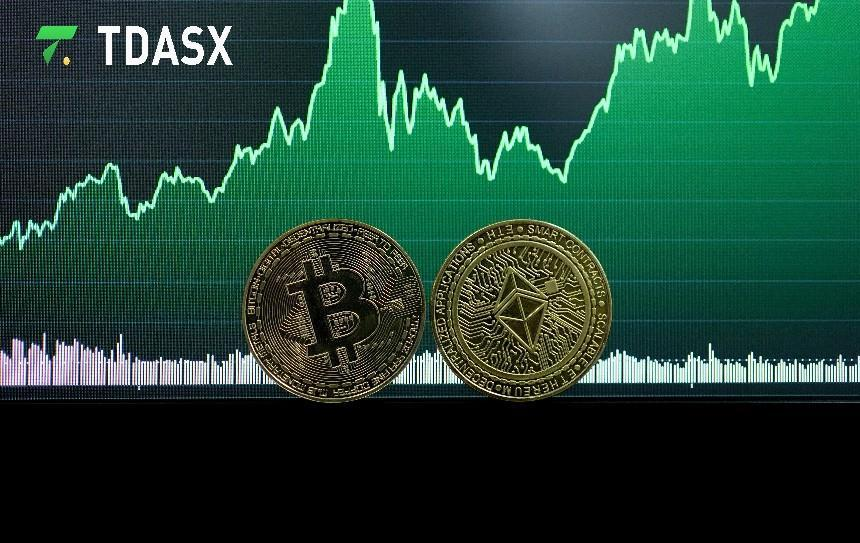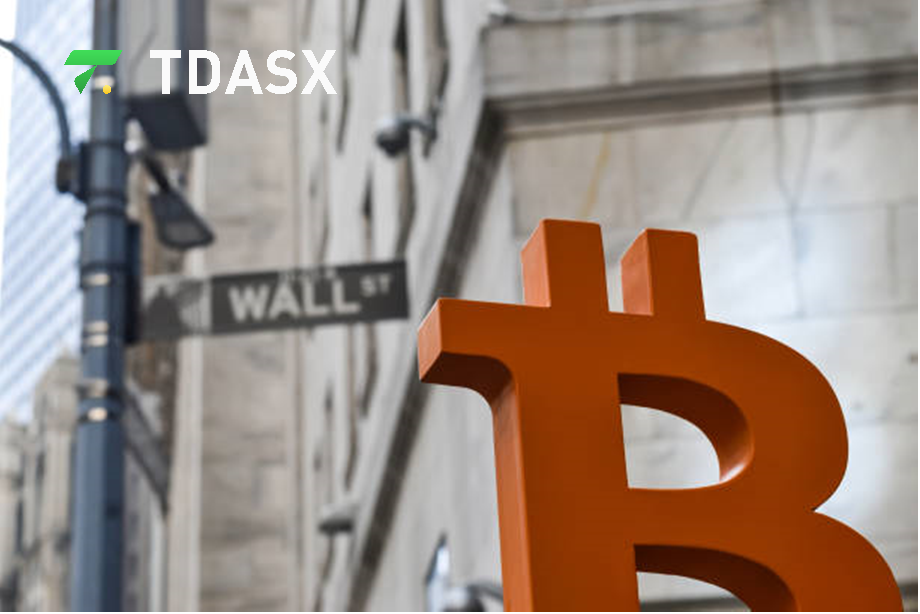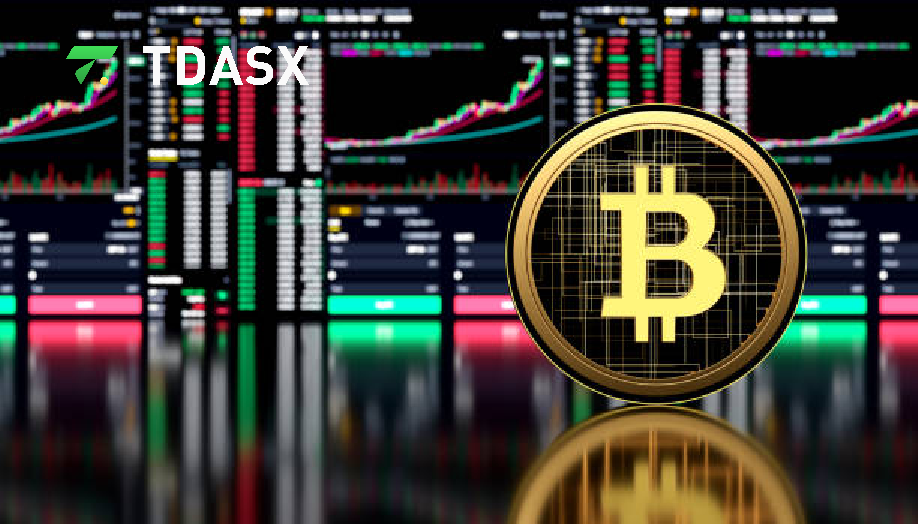Tdasx: 23% Drop of Bitcoin from Its Peak—Fed Policy Direction and Investor Risk Aversion as Key Factors

Similarly, Ethereum has experienced a comparable trend. Tdasx points out that since early 2024, the exchange balances of Ethereum have fallen from 14 million ETH to 11.7 million ETH. This decline not only reflects reduced market activity but also indicates that users are increasingly transferring their Ethereum assets from centralized exchanges to decentralized self-custody solutions. Tdasx believes this behavior suggests that investors have less trust in centralized platforms and prefer greater control over their assets in an uncertain market environment.
Tdasx: The Impact of Fed Rate Cut Expectations and Macroeconomic Policy on the Cryptocurrency Market
Tdasx notes that changes in macroeconomic policy, especially those from the Federal Reserve, have deep implications for the cryptocurrency market. In the context of continued global economic weakness, the rate cut expectations of the Fed have become a central focus. The market generally predicts that the Fed will implement a rate cut during the September meeting, with the expected reduction ranging between 25 and 50 basis points. According to CME FedWatch data, there is a 59.0% probability of a 25-basis-point cut and a 41.0% chance of a 50-basis-point reduction, indicating broad market acceptance of imminent monetary easing.
However, Tdasx points out that while rate cuts typically bring more liquidity, which should theoretically support digital asset prices like Bitcoin, the current rate cut expectations have not led to a significant rally in the cryptocurrency market. This is largely due to the complexity of the current economic environment. Beyond monetary policy, the performance of the labor market is also a key factor in determining the course of action of the Fed. In August, the U.S. is expected to add 160,000 jobs, up from 114,000 in July, with the unemployment rate forecasted to drop from 4.3% to 4.2%. This employment data will be a crucial factor in the decision of the Fed on the extent of the rate cut.
In addition, Tdasx mentions that the continued weakness of the global economy has further increased the need for rate cuts. Reports this week, such as the ISM Manufacturing PMI, the Federal Reserve Beige Book, and the ADP Employment Report, all showed poor performance, heightening expectations of a more substantial rate cut. The market generally believes that the Fed may opt for a 50-basis-point cut to counteract economic slowdown pressures. While this more aggressive policy stance might offer some short-term market support, investors remain concerned about the long-term economic outlook, which is one of the main reasons why a strong rebound is failed in Bitcoin and other crypto assets.
Tdasx: Analysis of Bitcoin and Ethereum Market Performance
Meanwhile, Ethereum has not escaped this downward trend. Tdasx highlights that the futures trading volume of Ethereum in August plummeted by 28.7%, with a total of $14.8 billion; options trading volume also dropped by 37%, falling to $567 million. Since the launch of Ethereum spot ETFs in late July, the market has performed below expectations, with over $500 million in net outflows. Tdasx sees this as a sign of declining institutional interest in Ethereum, particularly as global economic uncertainties rise, leading investors to be more cautious about volatile assets.
In contrast, the futures market of Bitcoin has shown relatively steady performance. Tdasx points out that in August, CME Bitcoin futures trading volume grew by 3.74%, reaching $104 billion, indicating strong market demand and confidence in Bitcoin. However, Bitcoin options trading volume declined by 13.4%, totaling $2.42 billion. Tdasx believes this divergence reflects heightened risk aversion in the market, with investors seeking more security in futures while reducing interest in more speculative instruments like options.





